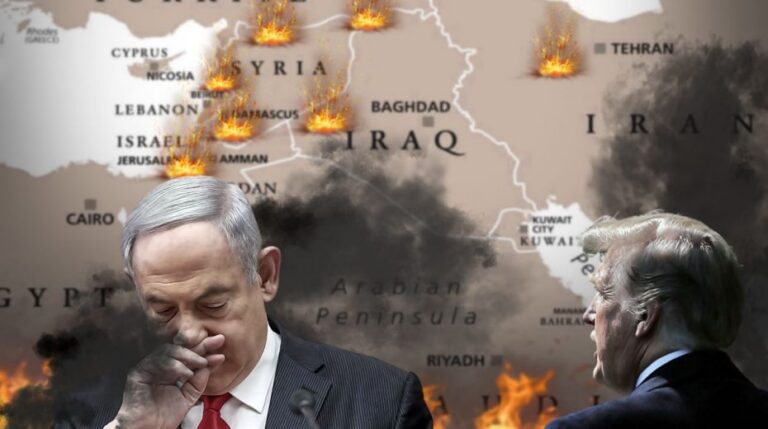
Throughout history, various forms of tyranny have been imposed on populations without democratic legitimacy. Monarchies serve as one example, as do communist governments in the Soviet Union, China, North Korea, and Cuba. Additionally, the United States has backed national-security-state coups in countries such as Iran, Guatemala, and Chile.
However, many Americans do not recognize that tyranny can exist within a system that elects its leaders democratically. The prevailing belief is that political freedom automatically follows when officials are chosen by popular vote. The common mantra becomes, “If you don’t like what’s happening, be sure to vote in the next election.”
The reality is that regimes elected democratically can be just as oppressive as those that seize power undemocratically. What matters is the authority the government exercises and the extent of control it enforces over its people.
A key aspect of democratic tyranny involves winning the majority’s consent. The regime understands that alienating voters risks being ousted in future elections — assuming elections continue to be allowed.
Consequently, democratically elected governments implement strategies to obtain popular approval for their own authoritarian rule. This is how tyranny can come wrapped in the guise of democracy, with citizens actively supporting the restriction of their freedoms.
One common tactic is to maintain a constant atmosphere of fear. This is often achieved by identifying threatening official enemies. During the Cold War, for example, the American populace was taught to dread communists and communism. “The Russians are coming!” Americans willingly sacrificed freedoms in exchange for protection from the supposed Red threat lurking everywhere.
Today, US leaders have adeptly replaced the Reds with new sets of frightening official enemies. These include illegal immigrant “invaders,” Muslims allegedly pursuing a centuries-old goal of imposing sharia law through creating an American caliphate, and foreign criminals such as murderers, rapists, robbers, and burglars. Terrorists and drug traffickers have been merged into one category labeled “narco-terrorists.”
Many so-called “narco-terrorists” are also labeled as illegal-immigrant “invaders.” This combines drug dealers, terrorists, and invaders into a single, highly menacing official enemy.
And there are those menacing members of the Venezuelan gang Tren de Aragua. Most Americans had no knowledge of this group until recently, but if federal authorities declare these gang members—despite being nearly 1,000 miles away—pose a threat, many Americans accept that claim unquestionably.
This intersection of public education with the drug war, war on terror, and war on immigration produces a system that instills deep-seated fear of whatever groups the state elevates as official foes. These educational efforts also condition students to unquestioningly trust US officials, particularly when “national security” is invoked.
Libertarians, having escaped this state indoctrination, can easily perceive how these various campaigns—the Cold War, drug war, war on terror, war on immigrants, foreign gang threats, and national-security-state initiatives—are steering the nation toward comprehensive tyranny. Alongside other constructs like the welfare state, income tax, IRS, Federal Reserve, and regulated economy, all push toward total federal dominance over Americans’ lives, privacy, and wealth, enforced by entities such as the IRS, ICE, Pentagon, CIA, NSA, and DEA—of course, all justified as being “for our own good.”
The most crucial feature of this tyranny is how American youth are taught that this reality represents “freedom.” Adults educated by the state frequently express abundant gratitude and admiration for federal officials and the military for their “service” in defending this so-called freedom. These modern state-educated Americans perfectly embody Johann von Goethe’s observation: “None are more hopelessly enslaved than those who falsely believe they are free.” Such beliefs enable tyranny to intensify relentlessly. This is the process by which freedom in a democratic society ultimately ends—with the citizens’ enthusiastic endorsement.
Original article: Mises Institute




